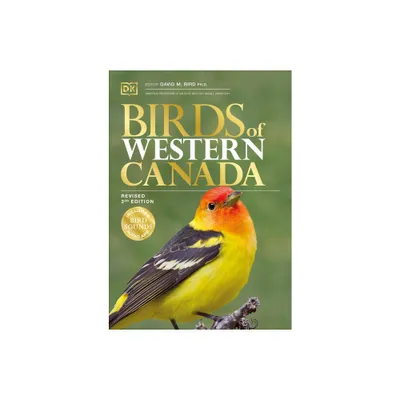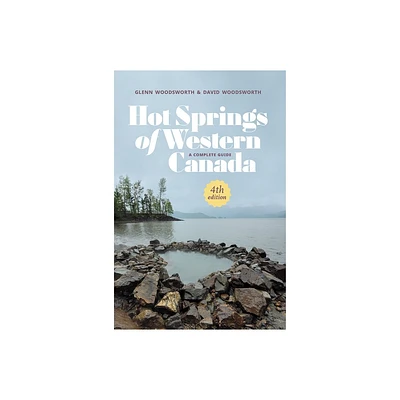Home
From Arsenic to DDT: A History of Entomology in Western Canada
Loading Inventory...
Barnes and Noble
From Arsenic to DDT: A History of Entomology in Western Canada
Current price: $49.95


Barnes and Noble
From Arsenic to DDT: A History of Entomology in Western Canada
Current price: $49.95
Loading Inventory...
Size: OS
*Product Information may vary - to confirm product availability, pricing, and additional information please contact Barnes and Noble
Across the prairies and west to the Pacific, man has had to fight a constant battle against insect pests. He has had to learn about these enemies, and then how to control them. This is the story of entomology in western Canada from the time of the explorers to the outbreak of the Second World War – a history of a science, but also of a war.
Riegert describes the impact of insect hordes; from the mosquitoes which assaulted the Danish explore Jens Munk on the shores of Hudson Bay in 1619, to the devastating plagues of grasshoppers of the 1930s.
He tells of the experiences and contributions to entomology of early collectors and naturalists, both professional and amateur. In the face of insect threats to lives and fortunes, however, the task of the entomologist moved beyond identification and description into insect control. To suppress or eliminate certain species, quarantine and control laws were passed, chemical poisons used, predatory or parasitic species brought into action. Various agricultural and physical approaches to control were employed.
Concurrently professional entomology developed, beginning with the appointment of James Fletcher as first Dominion Entomologist, through the establishment by 1914 of entomological laboratories at Agassiz, British Columbia, Treesbank, Manitoba, and Lethbridge, Alberta, to the general growth of taxonomic work in western Canada up to 1940. The author also looks at academic entomology in this period.
This account of the interaction of intersects and man in western Canada comprises a detailed and absorbing history suited to entomologists, natural historians, historians of science, researchers, and teachers.
Riegert describes the impact of insect hordes; from the mosquitoes which assaulted the Danish explore Jens Munk on the shores of Hudson Bay in 1619, to the devastating plagues of grasshoppers of the 1930s.
He tells of the experiences and contributions to entomology of early collectors and naturalists, both professional and amateur. In the face of insect threats to lives and fortunes, however, the task of the entomologist moved beyond identification and description into insect control. To suppress or eliminate certain species, quarantine and control laws were passed, chemical poisons used, predatory or parasitic species brought into action. Various agricultural and physical approaches to control were employed.
Concurrently professional entomology developed, beginning with the appointment of James Fletcher as first Dominion Entomologist, through the establishment by 1914 of entomological laboratories at Agassiz, British Columbia, Treesbank, Manitoba, and Lethbridge, Alberta, to the general growth of taxonomic work in western Canada up to 1940. The author also looks at academic entomology in this period.
This account of the interaction of intersects and man in western Canada comprises a detailed and absorbing history suited to entomologists, natural historians, historians of science, researchers, and teachers.


















